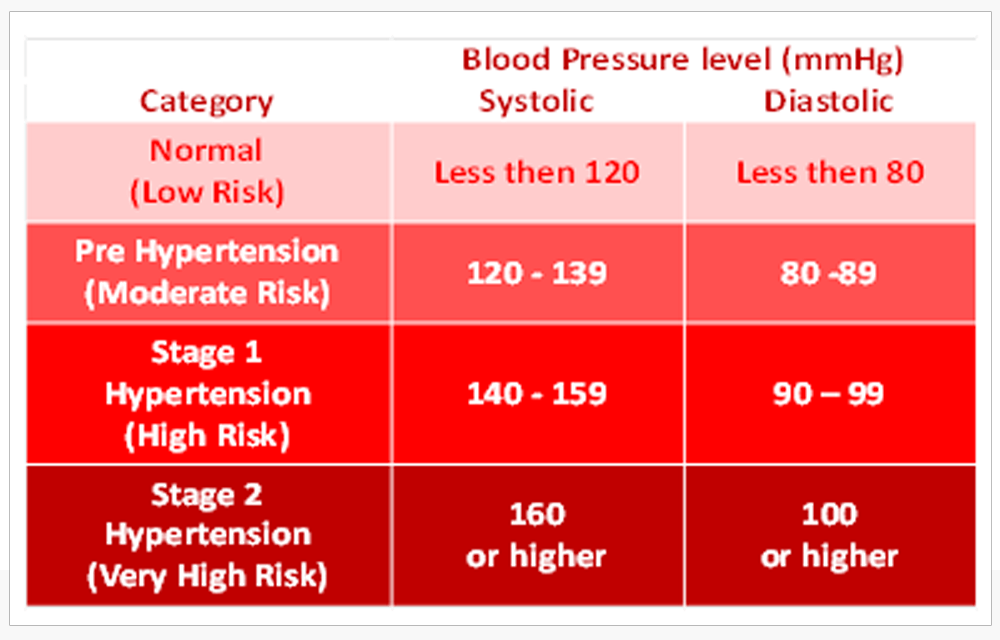Blood pressure 11 year old. High Blood Pressure in 11-Year-Olds: Understanding Pediatric Hypertension
What are the symptoms and causes of high blood pressure in children. How is pediatric hypertension diagnosed and treated. What are the long-term consequences of untreated hypertension in youth.
Understanding Pediatric Hypertension: Prevalence and Risk Factors
Hypertension in children and adolescents is a growing concern in pediatric healthcare. While once considered rare, the prevalence of high blood pressure among youth has been steadily increasing in recent years. This rise is largely attributed to the growing obesity epidemic and changes in lifestyle factors affecting children worldwide.
What exactly constitutes high blood pressure in children? Unlike adults, where a single threshold defines hypertension, blood pressure norms in children vary based on age, sex, and height. Generally, blood pressure readings consistently above the 95th percentile for a child’s age, sex, and height are considered hypertensive.

Several risk factors contribute to the development of hypertension in children:
- Overweight or obesity
- Male sex
- Family history of hypertension
- Low birth weight or intrauterine growth restriction
- Prematurity
- Excess dietary salt intake
- Physical inactivity
- Chronic health conditions (e.g., chronic kidney disease, diabetes)
Understanding these risk factors is crucial for early identification and intervention in pediatric hypertension cases.
Primary vs. Secondary Hypertension in Children: Key Differences
When discussing hypertension in children, it’s important to distinguish between primary (essential) and secondary hypertension. What’s the difference between these two types?
Primary hypertension is the most common form in children over 6 years old. It’s generally associated with obesity or a family history of hypertension. This type of hypertension doesn’t have an identifiable underlying cause and is often linked to lifestyle factors and genetic predisposition.
Secondary hypertension, on the other hand, is more prevalent in younger children (under 6 years old). This form of hypertension is caused by an underlying medical condition, with renal disease being the most common culprit. Children with secondary hypertension are at a higher risk of experiencing hypertensive emergencies due to their underlying conditions.

Causes of Secondary Hypertension in Children
Secondary hypertension can stem from various causes, including:
- Renal parenchymal diseases (e.g., glomerulonephritis, polycystic kidneys)
- Cardiac and vascular conditions (e.g., renal artery stenosis, coarctation of the aorta)
- Endocrine disorders (e.g., diabetes, thyroid disease, congenital adrenal hyperplasia)
- Autoimmune diseases (e.g., thrombotic thrombocytopenic purpura, Henoch-Schönlein purpura)
- Genetic syndromes (e.g., neurofibromatosis, Williams syndrome, Turner syndrome)
- Malignancies (e.g., Wilms tumor, neuroblastoma, pheochromocytoma)
- Intracranial pathologies (e.g., intracranial hemorrhage, raised intracranial pressure)
- Respiratory conditions (e.g., chronic lung disease, obstructive sleep apnea)
- Drug-induced hypertension (e.g., corticosteroids, oral contraceptives, stimulants)
Identifying the underlying cause of secondary hypertension is crucial for effective management and treatment.
Recognizing Symptoms of Hypertension in Children
Hypertension in children can often be asymptomatic, making regular blood pressure screenings crucial. However, when symptoms do occur, they can vary widely. What are the common signs that might indicate hypertension in a child?

- Headaches
- Vomiting
- Blurred vision
- Changes in mental state
- Seizures
- Chest pain or palpitations
- Shortness of breath
- Signs of cardiac failure
It’s important to note that these symptoms can be indicative of various conditions, not just hypertension. Therefore, a thorough medical evaluation is necessary for accurate diagnosis.
Hypertensive Emergencies in Children
In some cases, hypertension in children can lead to a medical emergency. How can you recognize a hypertensive emergency in a child? Signs of a hypertensive emergency include:
- Severe headache
- Confusion or altered mental status
- Seizures
- Visual changes or blindness
- Nausea and vomiting
- Chest pain
- Heart failure
Hypertension associated with encephalopathy is considered a medical emergency and requires immediate medical attention.
Diagnosing Hypertension in Children: Proper Measurement Techniques
Accurate blood pressure measurement is crucial for diagnosing hypertension in children. What are the key considerations when measuring a child’s blood pressure?
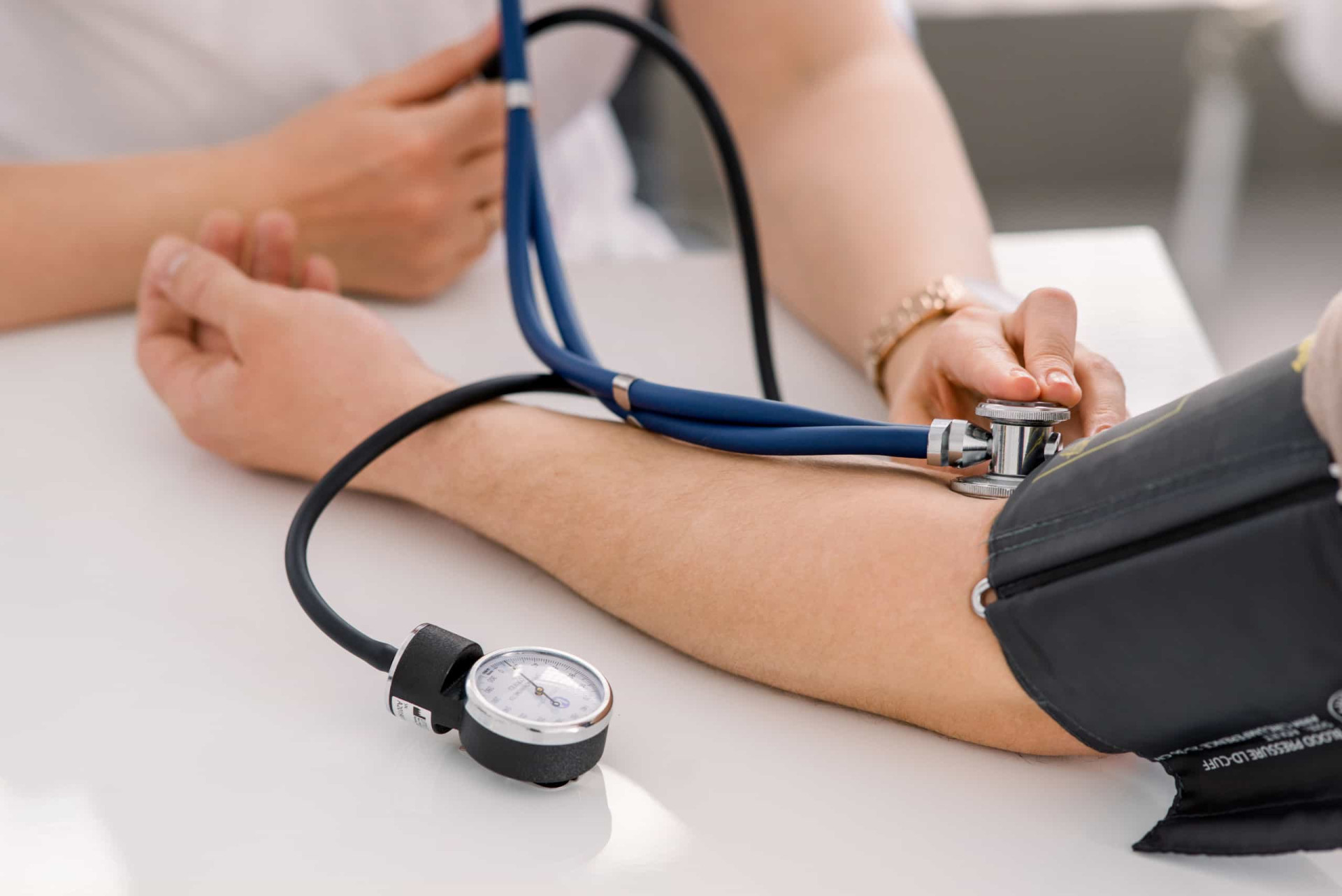
- Use an appropriately sized cuff for accurate measurement
- Preferably use manual blood pressure measurement to confirm abnormal machine readings
- Measure blood pressure annually in healthy children
- Take multiple readings over time to confirm persistent elevation
- Consider 24-hour ambulatory blood pressure monitoring for more comprehensive assessment
It’s important to note that blood pressure norms in children are based on age, sex, and height percentiles. Therefore, interpreting blood pressure readings in children requires reference to standardized charts.
The Importance of Four-Limb Blood Pressure Measurement
Why is it important to measure blood pressure in all four limbs? Four-limb blood pressure measurement can help detect conditions such as coarctation of the aorta, a congenital heart defect that can cause hypertension. A significant discrepancy between upper and lower limb blood pressures may indicate this condition.
Assessing End-Organ Damage in Pediatric Hypertension
Chronic hypertension, even in children, can lead to end-organ damage. What are the key areas to assess for potential damage?

- Heart: Look for left ventricular hypertrophy through echocardiography
- Eyes: Perform fundoscopy to check for hypertensive retinopathy
- Kidneys: Assess for proteinuria and changes in kidney function
- Brain: Consider neuroimaging if there are signs of neurological involvement
Early detection of end-organ damage is crucial for preventing long-term complications and guiding treatment decisions.
Treatment Approaches for Pediatric Hypertension
The management of hypertension in children typically involves a combination of lifestyle modifications and, in some cases, pharmacological interventions. What are the primary treatment approaches?
Lifestyle Modifications
For many children with primary hypertension, lifestyle changes can be highly effective. These may include:
- Weight management for overweight or obese children
- Increased physical activity
- Dietary modifications, including reduced salt intake
- Stress reduction techniques
Pharmacological Treatment
When lifestyle modifications are insufficient or in cases of secondary hypertension, medication may be necessary. What are the common classes of antihypertensive medications used in children?

- ACE inhibitors
- Angiotensin receptor blockers (ARBs)
- Calcium channel blockers
- Beta-blockers
- Diuretics
The choice of medication depends on various factors, including the underlying cause of hypertension, the presence of comorbidities, and potential side effects.
Long-Term Monitoring and Follow-Up for Pediatric Hypertension
Managing hypertension in children is a long-term commitment. What does ongoing monitoring and follow-up entail?
- Regular blood pressure checks
- Periodic assessment of end-organ damage
- Monitoring of growth and development
- Adjustment of treatment plans as needed
- Transition planning for adolescents moving to adult care
The frequency of follow-up visits depends on the severity of hypertension, the presence of complications, and the child’s response to treatment.
The Role of Home Blood Pressure Monitoring
Home blood pressure monitoring can play a crucial role in the management of pediatric hypertension. How can it be implemented effectively?
- Use an appropriately sized, validated home blood pressure device
- Teach parents and children proper measurement techniques
- Establish a regular schedule for measurements
- Keep a log of readings to share with healthcare providers
Home monitoring can provide valuable insights into blood pressure patterns and help guide treatment decisions.

Preventing Hypertension in Children: Strategies for Families and Healthcare Providers
Prevention is key in addressing the rising prevalence of pediatric hypertension. What strategies can families and healthcare providers implement to reduce the risk of hypertension in children?
Promoting Healthy Lifestyles
- Encourage regular physical activity
- Promote a balanced, nutritious diet
- Limit screen time and sedentary behaviors
- Ensure adequate sleep
- Teach stress management techniques
Regular Health Screenings
How often should children have their blood pressure checked? The American Academy of Pediatrics recommends:
- Annual blood pressure screenings for children 3 years and older
- More frequent screenings for children with risk factors
- Blood pressure checks at every healthcare visit for children with chronic conditions
Education and Awareness
Raising awareness about pediatric hypertension is crucial. Healthcare providers can play a key role by:
- Educating families about the importance of blood pressure monitoring
- Providing information on risk factors and prevention strategies
- Addressing misconceptions about hypertension in children
By implementing these preventive strategies, we can work towards reducing the incidence of hypertension in children and promoting better cardiovascular health for future generations.
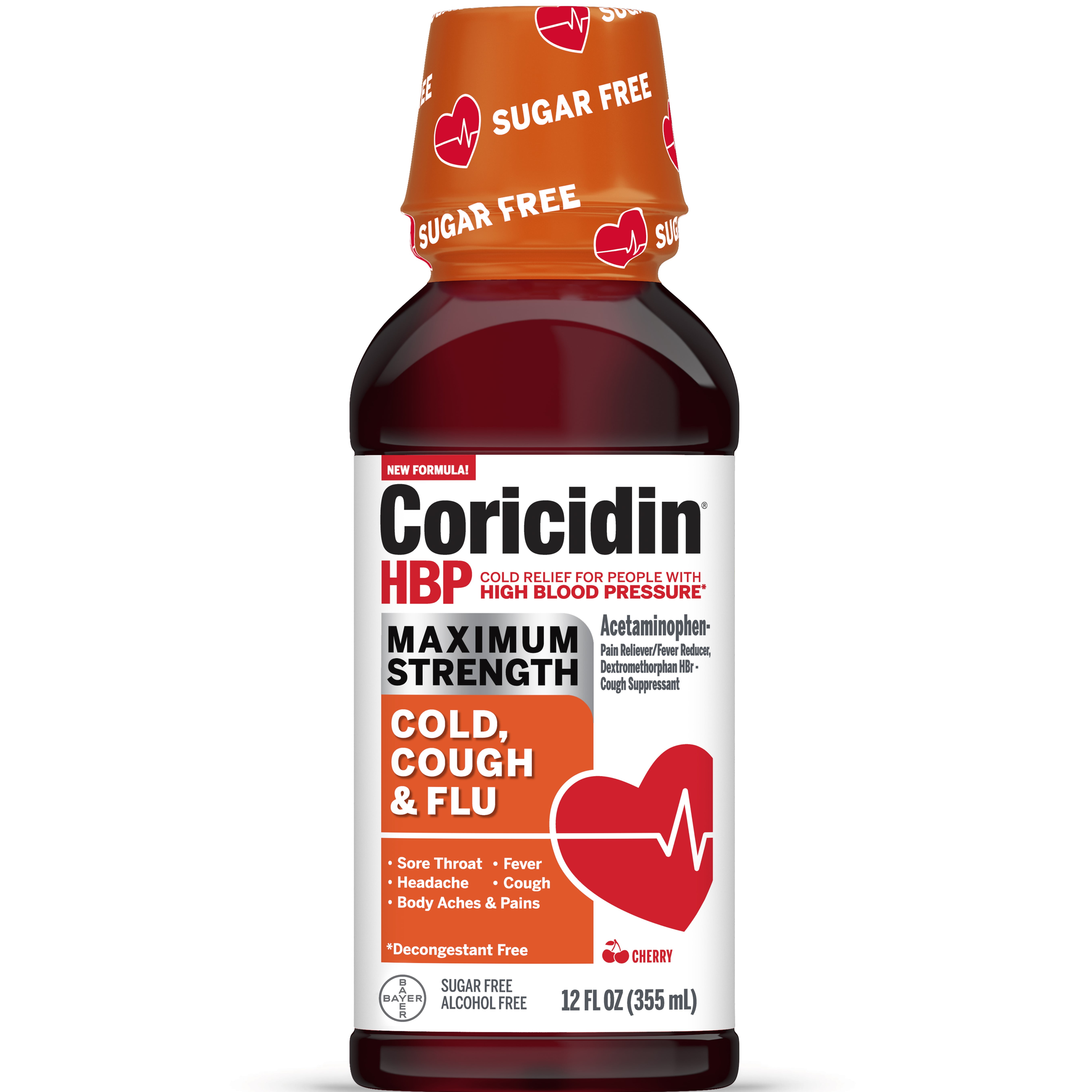
Hypertension in children and adolescents
See also
Online paediatric BP centile calculator
BP by age and height centile tables: boys girls
Key points
- Severe hypertension requires urgent consultation and management. Hypertension associated with encephalopathy is a medical emergency
- All hypertension in children requires monitoring and follow-up
- Blood pressure should be measured annually in healthy children
- Where possible, abnormal machine BP measurement should be confirmed, preferably with a manual BP, ensuring appropriately sized cuff is used for accurate measurement
Background
- This guideline will focus on the paediatric population aged 1–17 years (not infants)
- Hypertension in childhood is a key predictor of risk for hypertension, cardiovascular disease and end organ damage in adulthood
- Primary/essential hypertension accounts for the majority of hypertension in children >6 years old and is generally associated with obesity or a family history of hypertension
- Secondary hypertension is more common in younger children (<6 years old) with renal disease being the most prevalent cause.
 This population is at greater risk of hypertensive emergencies due to an underlying condition
This population is at greater risk of hypertensive emergencies due to an underlying condition
Assessment
Risk factors:
- Overweight/obesity
- Male sex
- Family history of hypertension
- Low birth weight/intrauterine growth restriction
- Prematurity
- Excess dietary salt intake
- Physical inactivity
- Chronic health concerns, eg chronic kidney disease, diabetes
|
Causes of Hypertension | |
|
Primary Hypertension | |
|
Situational Hypertension | |
|
Stress, pain, anxiety | |
|
Secondary Hypertension | |
|
Renal parenchymal disease |
GN, polycystic kidneys, CKI |
|
Cardiac, Vascular |
Renal artery stenosis, Coarctation repair (pre and post) |
|
Endocrine |
Diabetes, thyroid disease, CAH, Diabetes, thyroid disease, CAH, Cushings |
|
Autoimmune |
Thrombotic thrombocytopenic purpura, Haemolytic Uraemic Syndrome,
|
|
Genetic/Syndromic |
Neurofibromatosis, Williams Syndrome, Turners Syndrome |
|
Malignancy |
Wilms tumour, neuroblastoma, pheochromocytoma |
|
Intracranial pathology |
Intracranial haemorrhage/stroke, pituitary adenoma, raised ICP |
|
Respiratory |
Chronic lung disease, OSA |
|
Drug-induced |
Corticosteroids, OCP, stimulants |
History
- Headache/vomiting
- Blurred vision
- Change in mental state
- Seizures
- Chest pain/palpitations
- Shortness of breath
- Cardiac failure
- Past history of Acute Kidney Injury (AKI)
Examination
- Confirm hypertension (See measuring blood pressure section below)
- Vitals: tachycardia, four limb BP for upper and lower limb discrepancy
- Height and weight: obesity, growth retardation
- Signs of end organ damage
- Fundoscopy: hypertensive retinopathy
- Cardiovascular: apical heave, hepatomegaly, oedema
- Chronic renal failure: palpable kidneys
- Focal neurology (eg facial nerve palsies)
- Signs of underlying cause
- General appearance: Cushingoid, proptosis, goitre, webbed neck (Turner syndrome), elfin facies (William syndrome)
- Skin: Cafe-au-lait spots, neurofibromas, acanthosis nigricans, hirsutism, striae, acne, rash (vasculitis)
- Cardiovascular: murmurs +/- radiation, apical heave, reduced femoral pulses, oedema, hepatomegaly (CCF)
- Abdomen: masses, palpable kidneys, flank bruits
- Genitourinary: ambiguous/virilised genitalia (eg CAH)
Key points when measuring blood pressure
(See video)
Ensure the correct cuff size is selected for each patient, favouring a larger rather than smaller cuff (smaller cuff creates artificial hypertension)
- BP cuff width should be 40% of the length of the arm measure from the shoulder tip to the elbow
- Abnormal oscillatory BP measurement needs checking with a manual BP from the child’s arm
The table below identifies BP levels requiring further evaluation, starting with repeating the BP manually ensuring accurate measurement
|
*Screening BP Values Requiring Further Evaluation | ||||
|
Age (years) |
Blood pressure (mmHg) | |||
|
|
Boys |
Girls | ||
|
|
Systolic |
Diastolic |
Systolic |
Diastolic |
|
1 |
98 |
52 |
98 |
54 |
|
2 |
100 |
55 |
101 |
58 |
|
3 |
101 |
58 |
102 |
60 |
|
4 |
102 |
60 |
103 |
62 |
|
5 |
103 |
63 |
104 |
64 |
|
6 |
105 |
66 |
105 |
67 |
|
7 |
106 |
68 |
106 |
68 |
|
8 |
107 |
69 |
107 |
69 |
|
9 |
107 |
70 |
108 |
71 |
|
10 |
108 |
72 |
109 |
72 |
|
11 |
110 |
74 |
111 |
74 |
|
12 |
113 |
75 |
114 |
75 |
|
≥13 |
120 |
80 |
120 |
80 |
*90th centile for a child at average height
Assessment of severity
Interpreting blood pressure measurement
An
online blood pressure centile calculator specific for gender, age and height can be used to determine the severity of hypertension
|
Blood pressure classification in children and adolescents | ||
|
|
For children aged 1 to 13 years |
For children aged 13-17 years |
|
Normal blood pressure |
|
|
|
Elevated blood pressure |
≥90th centile to
|
120/<80 to 129/<80 mmHg |
|
Stage 1 Hypertension |
≥95th centile to
|
130/80 to 139/89 mmHg |
|
Stage 2 Hypertension |
≥95th centile + 12 mmHg, or ≥140/90 mmHg (whichever is lower) |
≥140/90 mmHg |
|
Severe Hypertension | ||
|
Hypertensive Urgency |
>95th centile + 30 mmHg without symptoms/signs of target end organ damage (See Examination) |
>180/120
|
|
Hypertensive Emergency |
>95th centile + 30 mmHg associated with encephalopathy,
|
>180/120
|
Management
Emergency management of severe hypertension
- Discuss with renal team and retrieval/ICU team
Hypertensive urgency
If medically stable, consider short acting oral agents while investigating cause
- Nifedipine
- Commence 0.
 25–0.5 mg/kg/day (max 20 mg) and titrate up as required to a maximum of 3 mg/kg/day (max 120 mg)
25–0.5 mg/kg/day (max 20 mg) and titrate up as required to a maximum of 3 mg/kg/day (max 120 mg)
Hypertensive emergency
- Intravenous therapy; discuss with renal team and retrieval/ICU team
- Aim to gradually reduce BP to the patient’s estimated 95th centile
- Decrease BP by 25% of the original value every 24 hours till target BP reached. Reduce rate of decrease if patient becomes symptomatic
Hypertension without severe features
Investigations
First-line investigations
- UEC, CMP, urinalysis +/- renal ultrasound
- Consider LFT, Hb1Ac, fasting lipids particularly in children with BMI >95th centile
Further investigations should only be considered in consultation with a general or renal paediatrician
Consider further testing if child meets one of the following criteria:
-
<6 years - Concerns for secondary causes on history/examination
- Abnormal first-line investigations
Further Investigations
- Bloods: FBE, Bicarbonate, renin/aldosterone ratio, TFT, plasma metanephrins, cortisol, fasting glucose
- Urine: microscopy, protein/creatinine ratio, catecholamines, drug screen
- Imaging: renal doppler ultrasound, DMSA, CTA/MRA
- Other: echocardiogram, sleep study
Lifestyle counselling
Dietary modifications
- Rich in fresh fruit and vegetables/legumes, fish, poultry, lean red meat and low fat dairy
- Limit intake of high sodium, fat or sugar containing foods
Lifestyle modifications
- Increase physical activity, aiming 40 minutes moderate to vigorous exercise 3-5 days/week
- Consider counselling/behavioural techniques to help address weight management and metabolic risk
Medical management
Should be commenced if:
- Conservative measures have failed
- Symptomatic hypertension develops
- Stage 2 hypertension with no modifiable risk factors
- Hypertension in setting of chronic kidney disease/diabetes
Medical management should only be commenced in consultation with a general or renal paediatrician
- Long-acting calcium channel blockers such as amlodipine are recommended as first line therapy.
 Other medication may be preferred in children with BMI >95th centile, diabetes or proteinuria
Other medication may be preferred in children with BMI >95th centile, diabetes or proteinuria
Consider consultation with local paediatric team when
- Red flags (see history section above) or ongoing concerns are present
- Hypertensive urgency or hypertensive emergency
- Medical management of hypertension is required
Consider transfer when
Child requiring care beyond the comfort level of the hospital
For emergency advice and paediatric or neonatal ICU transfers, see
Retrieval Services
Consider discharge when
Hypertensive children without severe features may be discharged with appropriate follow-up (See flowchart)
Parent information
See
Parent resources
Additional notes
How to Measure Blood Pressure – American Academy of Pediatrics (video)
Last updated June 2021
Blood pressure of children and youth, 2012 to 2015
View the most recent version.
Archived Content
Information identified as archived is provided for reference, research or recordkeeping purposes. It is not subject to the Government of Canada Web Standards and has not been altered or updated since it was archived. Please “contact us” to request a format other than those available.
Archived
This page has been archived on the Web.
Release date: October 13, 2016
More information
On this page
- Blood pressure and body composition
- About blood pressure
- Data
- Notes
The results of the 2012 to 2015Note 1 Canadian Health Measures Survey (CHMS) indicate that the average resting blood pressure of children and youth aged 6 to 19 was 97/62 mmHg. Among this group, 93% had a measured blood pressure that was considered normal and 7% had results considered borderline or elevated (data not shown).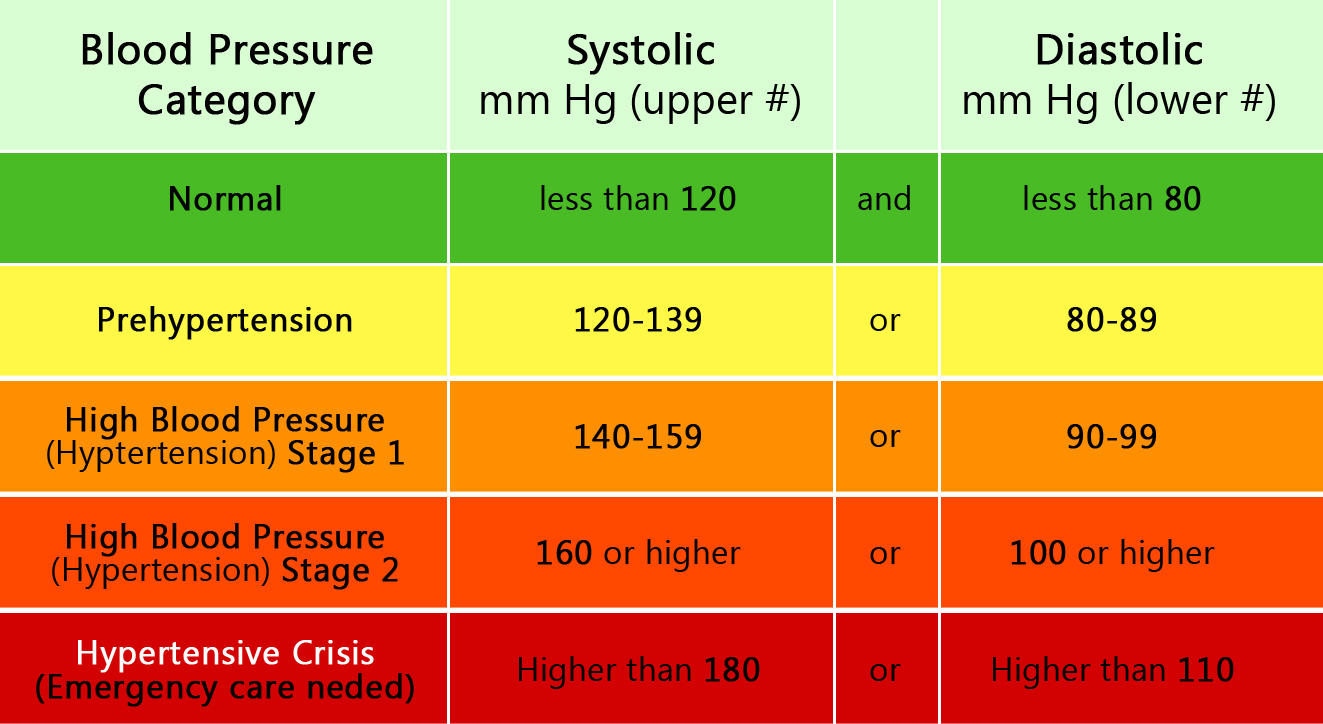
In children aged 6 to 11, average resting blood pressure was 94/62 mmHg, while youth aged 12 to 19 had an average resting blood pressure of 99/63 mmHg.
The proportion of girls aged 12 to 19 with blood pressure in the normal range was significantly higher than that of girls aged 6 to 11 (Chart 1).
Data table for Chart 1
| Normal | Borderline or elevated | ||
|---|---|---|---|
| percent | |||
| Total | 6 to 11 years | 91 | 9 |
| 12 to 19 years | 94. 8 8 | 5,2Note E: Use with caution | |
| Boys | 6 to 11 years | 92.7 | 7.3 |
| 12 to 19 years | 93.7 | 5,3Note E: Use with caution | |
| Girls | 6 to 11 years | 89.1 | 10.9 |
| 12 to 19 years | 95.9 | 4,1Note E: Use with caution | |
Blood pressure and body composition
Height and weight were measured for all CHMS respondents. Children and youth who were classified as being overweight (99/62 mmHg) or obese (102/64 mmHg) had a significantly higher average blood pressure than normal weight children (95/61 mmHg). Average systolic blood pressure was significantly higher in overweight and obese children compared with those in the normal weight category (Chart 2). As well, overweight and obese children had significantly higher average diastolic blood pressure when compared with their normal weight counterparts (Chart 3).Note 2Note 3Note 4Note 5
Children and youth who were classified as being overweight (99/62 mmHg) or obese (102/64 mmHg) had a significantly higher average blood pressure than normal weight children (95/61 mmHg). Average systolic blood pressure was significantly higher in overweight and obese children compared with those in the normal weight category (Chart 2). As well, overweight and obese children had significantly higher average diastolic blood pressure when compared with their normal weight counterparts (Chart 3).Note 2Note 3Note 4Note 5
Data table for Chart 2
| Thinness/normal weight | Overweight | Obese | ||
|---|---|---|---|---|
| mmHg | ||||
| Total | 6 to 11 years | 93 | 96 | 100 |
| 12 to 19 years | 96 | 101 | 103 | |
| Boys | 6 to 11 years | 92 | 95 | 100 |
| 12 to 19 years | 97 | 102 | 106 | |
| Girls | 6 to 11 years | 93 | 96 | 101 |
| 12 to 19 years | 96 | 99 | 100 | |
Data table for Chart 3
| Thinness/normal weight | Overweight | Obese | ||
|---|---|---|---|---|
| mmHg | ||||
| Total | 6 to 11 years | 61 | 62 | 65 |
| 12 to 19 years | 61 | 62 | 64 | |
| Boys | 6 to 11 years | 61 | 61 | 65 |
| 12 to 19 years | 61 | 63 | 64 | |
| Girls | 6 to 11 years | 61 | 62 | 65 |
| 12 to 19 years | 61 | 62 | 64 | |
Start of text box
About blood pressure
Blood pressure is a measure of the force of blood against the artery walls, and is expressed as systolic pressure/diastolic pressure in millimetres of mercury (e. g., 120/80 mmHg). The systolic pressure (top number) is the pressure when the heart contracts and pushes the blood out, and the diastolic pressure (bottom number) is the lowest pressure when the heart relaxes between beats.
g., 120/80 mmHg). The systolic pressure (top number) is the pressure when the heart contracts and pushes the blood out, and the diastolic pressure (bottom number) is the lowest pressure when the heart relaxes between beats.
Resting blood pressure was measured in the CHMS using an automated device (BPTru™) following a five-minute rest period. The BPTru™ recorded six measurements, one minute apart. The average systolic and diastolic blood pressure were calculated using the last five out of six measurements.
The criteria for blood pressure classification in children and adults are as follows:
| Category | Description | |
|---|---|---|
| Ages 6 to 17Note 2 | Ages 18 and 19Note 3 | |
| Normal | SBP and DBP < 90th percentile | Mean SBP/DBP < 120/80 mmHg |
| Borderline | SBP or DBP ≥ to the 90th percentile, but < the 95th percentile OR Measured mean SBP/DBP > 120/80 mmHg | Mean SBP of 120-139 mmHg and mean DBP of 80-89 mmHg OR Mean SBP of 120-139 mmHg and mean DBP Mean SBP |
| Elevated | SBP or DBP ≥ 95th percentile OR Respondent reported using blood pressure medication within the past month | Mean SBP/DBP of ≥ 140/90 mmHg OR Respondent reported using blood pressure medication within the past month |
Data
Canadian Health Measures Survey data related to this fact sheet are available in CANSIM tables 117-0004, 117-0008 and 117-0009.
For more information on the Canadian Health Measures Survey, please contact Statistics Canada’s Statistical Information Service (toll-free 1-800-263-1136; 514-283-8300; [email protected]).
ISSN: 1920-9118
Note of appreciation
Canada owes the success of its statistical system to a long-standing partnership between Statistics Canada, the citizens of Canada, its businesses, governments and other institutions. Accurate and timely statistical information could not be produced without their continued co-operation and goodwill.
Standards of service to the public
Statistics Canada is committed to serving its clients in a prompt, reliable and courteous manner. To this end, the Agency has developed standards of service which its employees observe in serving its clients.
Copyright
Published by authority of the Minister responsible for Statistics Canada.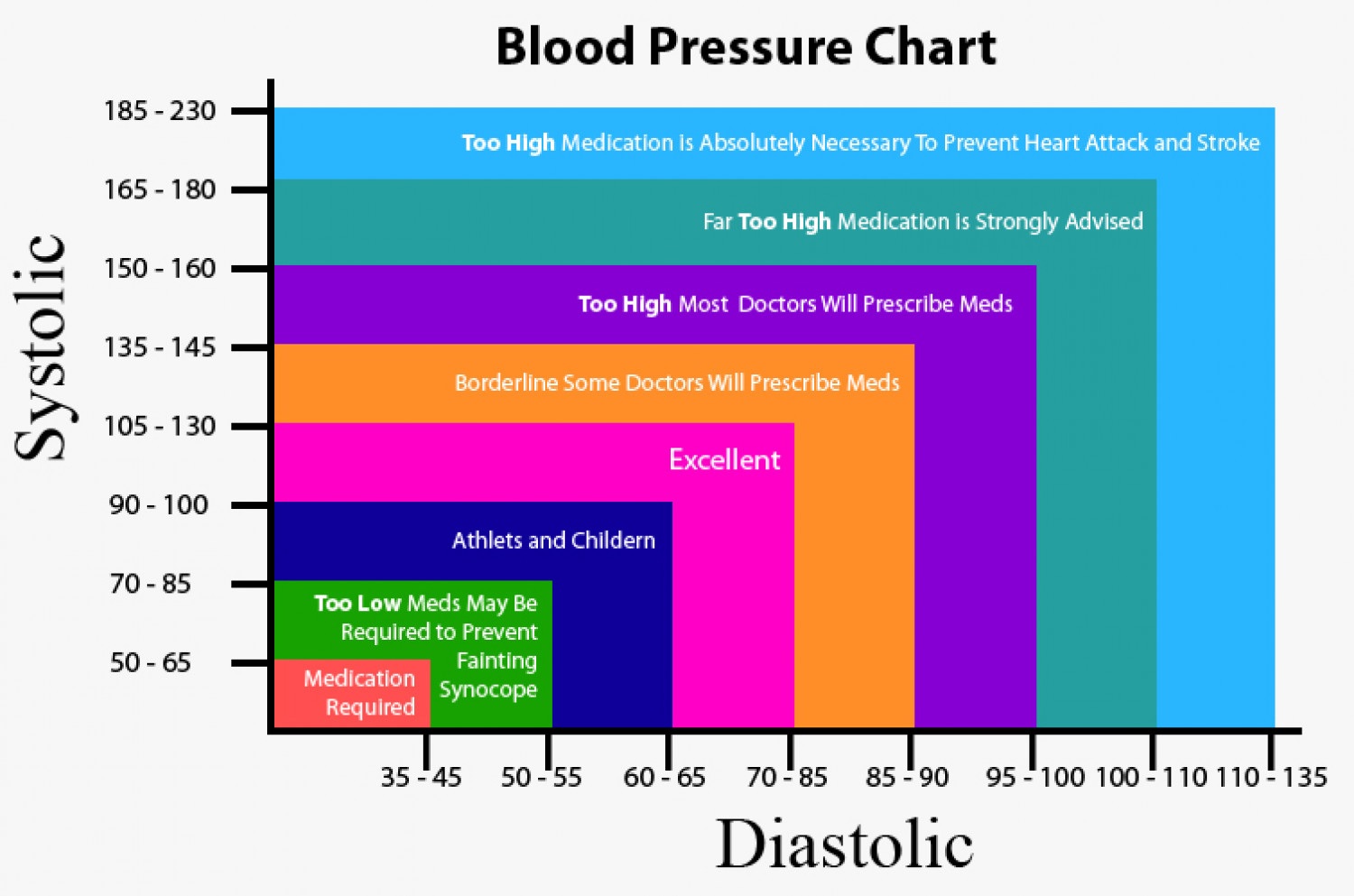
© Minister of Industry, 2016
All rights reserved. Use of this publication is governed by the Statistics Canada Open Licence Agreement.
Catalogue no. 82-625-X
Frequency: Occasional
Ottawa
Report a problem on this page
Is something not working? Is there information outdated? Can’t find what you’re looking for?
Please contact us and let us know how we can help you.
Privacy notice
- Date modified:
Blood pressure in children. (Advice from a cardiologist)
Arterial hypertension has no age. High blood pressure today is increasingly common not only in young people, but even in children and adolescents. This problem is by no means the result of their workload at school.
Excess weight, sedentary lifestyle and bad habits turn children into little “old men” who complain of headaches and feeling unwell.
Experts say that arterial hypertension is a disease of our time. The younger generation walks a little, indulges in cigarettes, hardly goes in for sports, while spending too much time with the phone and computer, prefers harmful, high-calorie food. Such a lifestyle does not go unnoticed. Sooner or later, such teenagers are brought by their parents to see a cardiologist.
– Arterial hypertension has a number of characteristic symptoms that adults should pay attention to. But children may not complain, and the problem is revealed by chance – Svetlana Viktorovna Mulyakina, a cardiologist at the Children’s Doctor medical clinic, tells. – The most common story: a headache at school, a child went to the doctor, measured the pressure … For teenagers, its increase to 139 millimeters of mercury is an alarming indicator that negatively affects the functioning of the heart, kidneys, central nervous system … Without control, this condition leads to an imbalance of the whole organism and takes on the form of a much more serious, hypertension disease.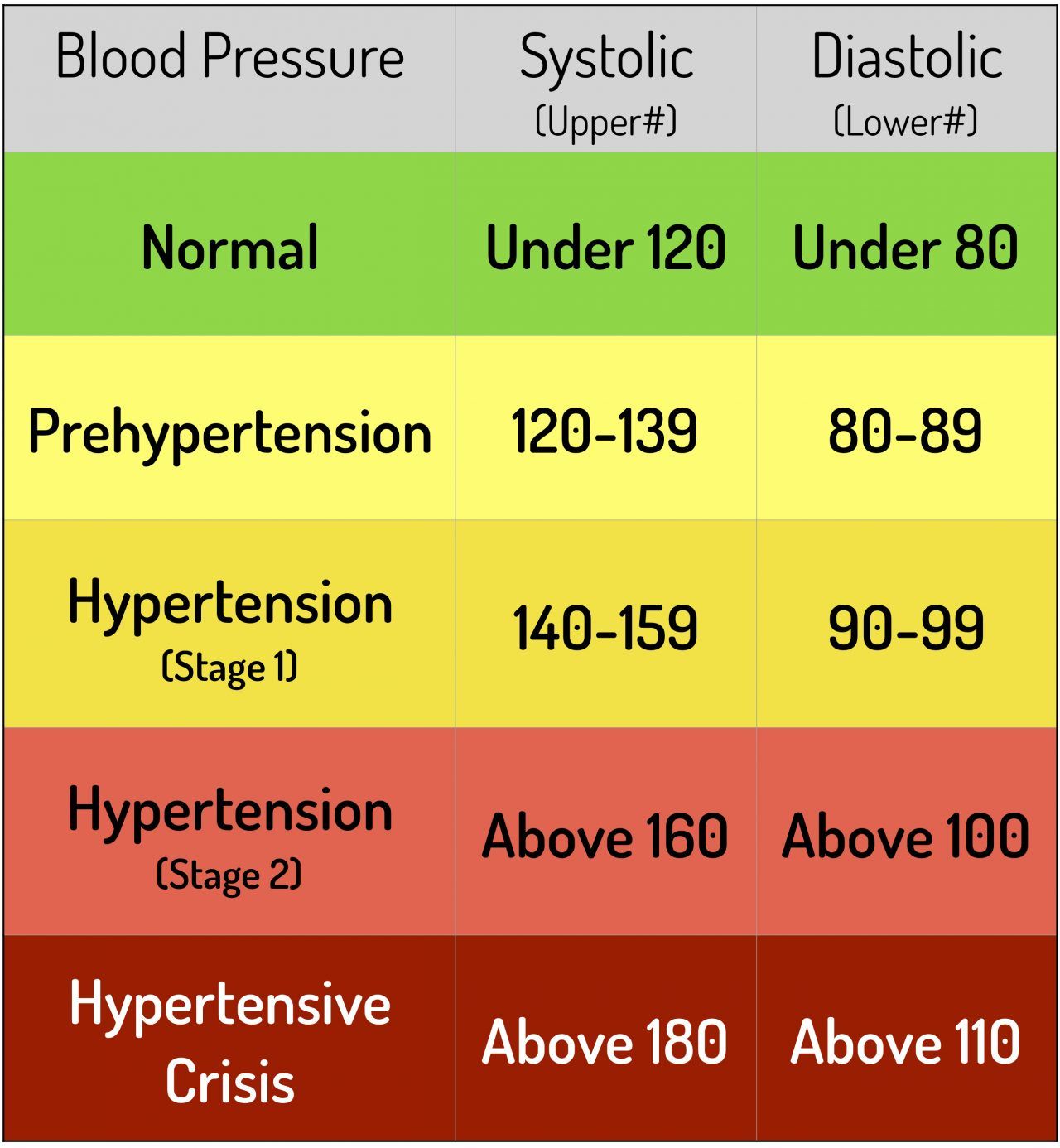
- According to statistics, 18% of teenagers have arterial hypertension today. As a rule, these are overweight boys. These guys have an 85% chance of high blood pressure. Not the last role is played by bad habits, such as smoking. Heredity also matters. But cardiologists see the main threat to the health of young people in their sedentary lifestyle. Meanwhile, it has been proven that just 30-40 minutes of daily exercise is comparable in effect to taking the very “magic pill” that children and their parents always dream of.
– It has been proven that physical activity reduces blood pressure numbers, – continues Svetlana Mulyakina. – But modern schoolchildren often attend only one physical education or even take certificates to be exempted from this lesson. And this is a huge mistake. Today, the diagnosis of “arterial hypertension” is not a reason for exclusion from sports. Observing such patients at the first stages, we just focus on non-drug treatment: regimen, physical activity, nutrition, correction of the psycho-emotional state, physiotherapy . .. In a word, everything possible is done so as not to switch to serious drugs that are prescribed to adults – hypertensive patients. Recommendations and treatment regimen for each child is determined separately. Some people can’t do without medication…
.. In a word, everything possible is done so as not to switch to serious drugs that are prescribed to adults – hypertensive patients. Recommendations and treatment regimen for each child is determined separately. Some people can’t do without medication…
For such patients today there are a variety of diagnostic methods. This is an electrocardiogram, ultrasound of the heart and blood vessels, daily monitoring of blood pressure and much more. For each patient, the doctor prescribes a list of necessary studies individually. Its main task is to exclude secondary arterial hypertension, which can be a symptom of serious diseases and anomalies in the development of the kidneys, blood vessels, endocrine disorders and even tumors. In such situations, a specialized specialist deals with the patient, and the cardiologist helps him.
– In other cases, the child is observed by a cardiologist, – says Svetlana Viktorovna. – Arterial hypertension in adolescence is treated quite successfully, but a favorable outcome largely depends on the willingness of the child and his family to reconsider the usual, not always correct, way of life. This is a lot of work, but it pays off, and allows the patient to forget about high pressure for many years, to feel like a healthy and active person …
This is a lot of work, but it pays off, and allows the patient to forget about high pressure for many years, to feel like a healthy and active person …
Signs of arterial hypertension:
- headaches
- fatigue
- dizziness
- epistaxis
- transient visual impairment
- nausea
- chills
- poor exercise tolerance
- emotional lability
- sleep disturbance
Scientists have found out which blood pressure is dangerous for teenagers – Gazeta.Ru
Scientists have found out what kind of blood pressure is dangerous for teenagers – Gazeta.Ru | News
Text size
A
A
A
close
100%
Scientists from the University of Eastern Finland found that blood pressure is higher than 130/85 mm Hg. Art. can lead to heart damage in adolescents. The study is published in Journal of Pediatrics .
Art. can lead to heart damage in adolescents. The study is published in Journal of Pediatrics .
In adults, high blood pressure damages the kidneys, heart, blood vessels, and brain and increases the risk of death. The European Society of Cardiology consider a pressure of 130/85 mm Hg. Art. high normal, and pressure 140/90 mm Hg. Art. regarded as hypertension. At the same time, in the USA, the pressure is 130/80 mm Hg. Art. considered hypertension.
A 2022 study found that elevated systolic blood pressure in childhood is associated with a risk of premature death after age 40.
1856 adolescents took part in the new study. At the age of 17, their heart function and blood pressure were assessed, and then the studies were repeated when they were 24 years old. Taking into account other factors (gender, age, obesity and other diseases), the researchers found that at a pressure of 130/85 mm Hg. Art. damage to the heart occurs in both men and women.
Signs of structural damage to the heart are left ventricular hypertrophy and high relative wall thickness, while signs of cardiac dysfunction are left ventricular diastolic dysfunction and increased left ventricular filling pressure.

 25–0.5 mg/kg/day (max 20 mg) and titrate up as required to a maximum of 3 mg/kg/day (max 120 mg)
25–0.5 mg/kg/day (max 20 mg) and titrate up as required to a maximum of 3 mg/kg/day (max 120 mg) Other medication may be preferred in children with BMI >95th centile, diabetes or proteinuria
Other medication may be preferred in children with BMI >95th centile, diabetes or proteinuria
